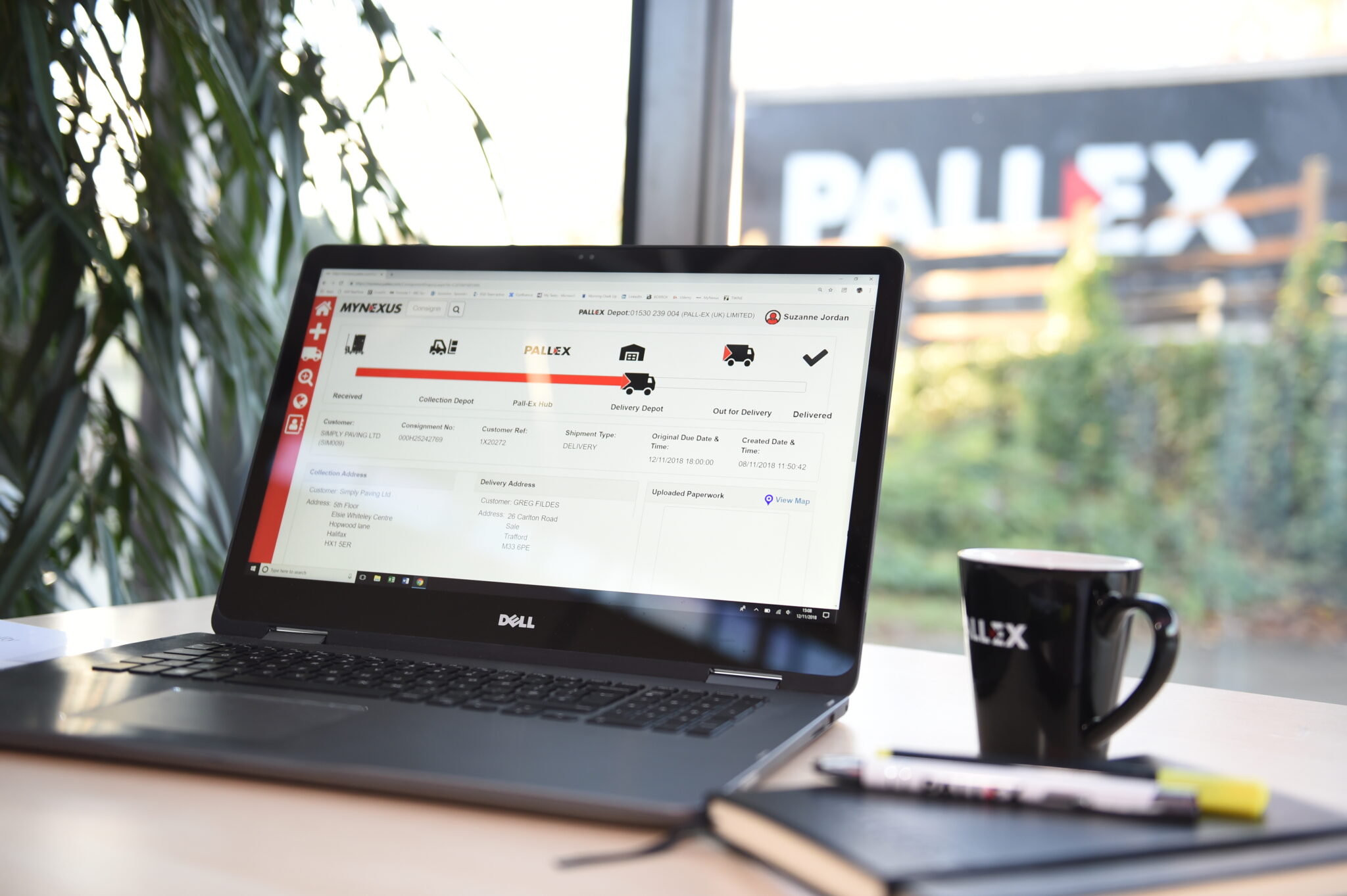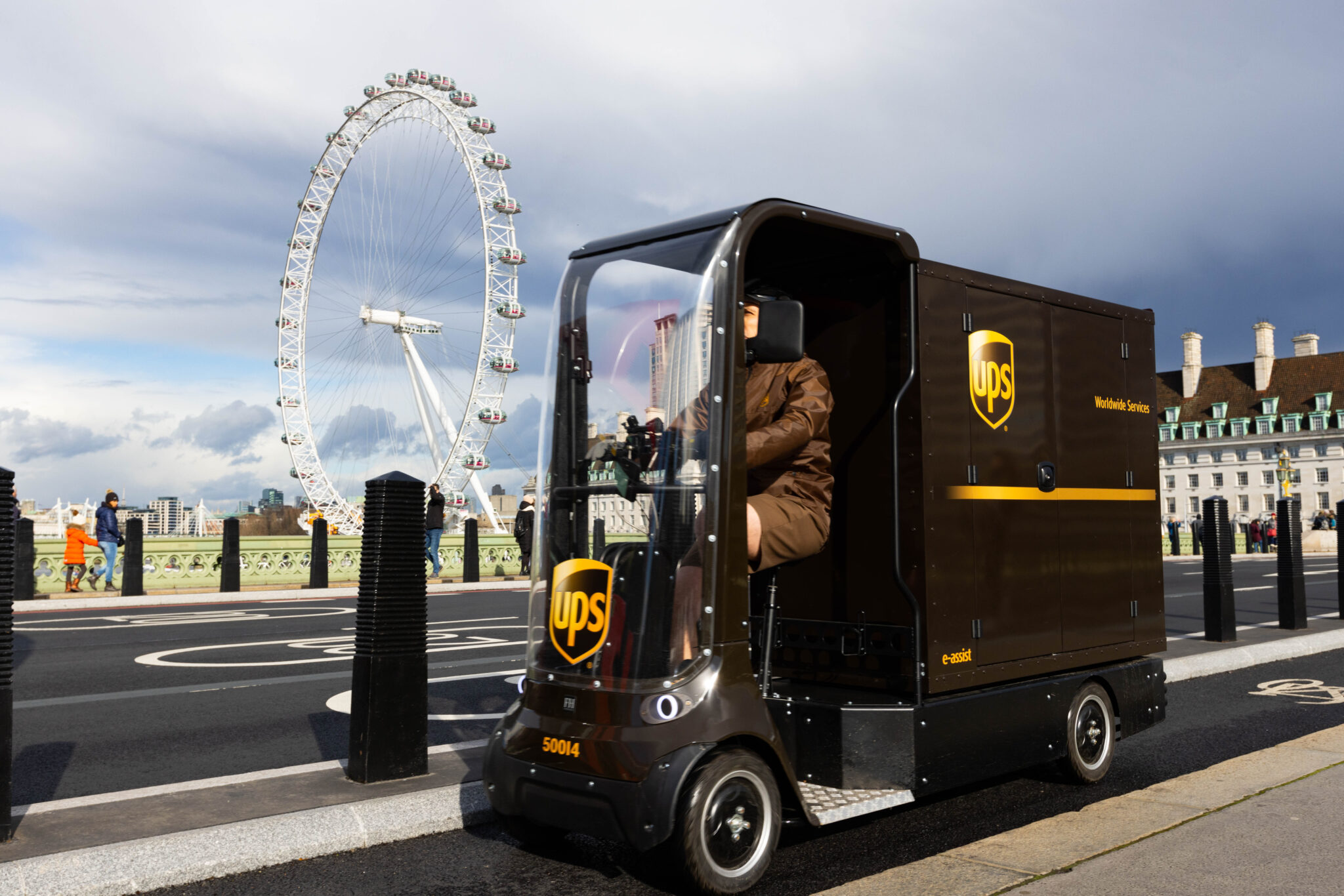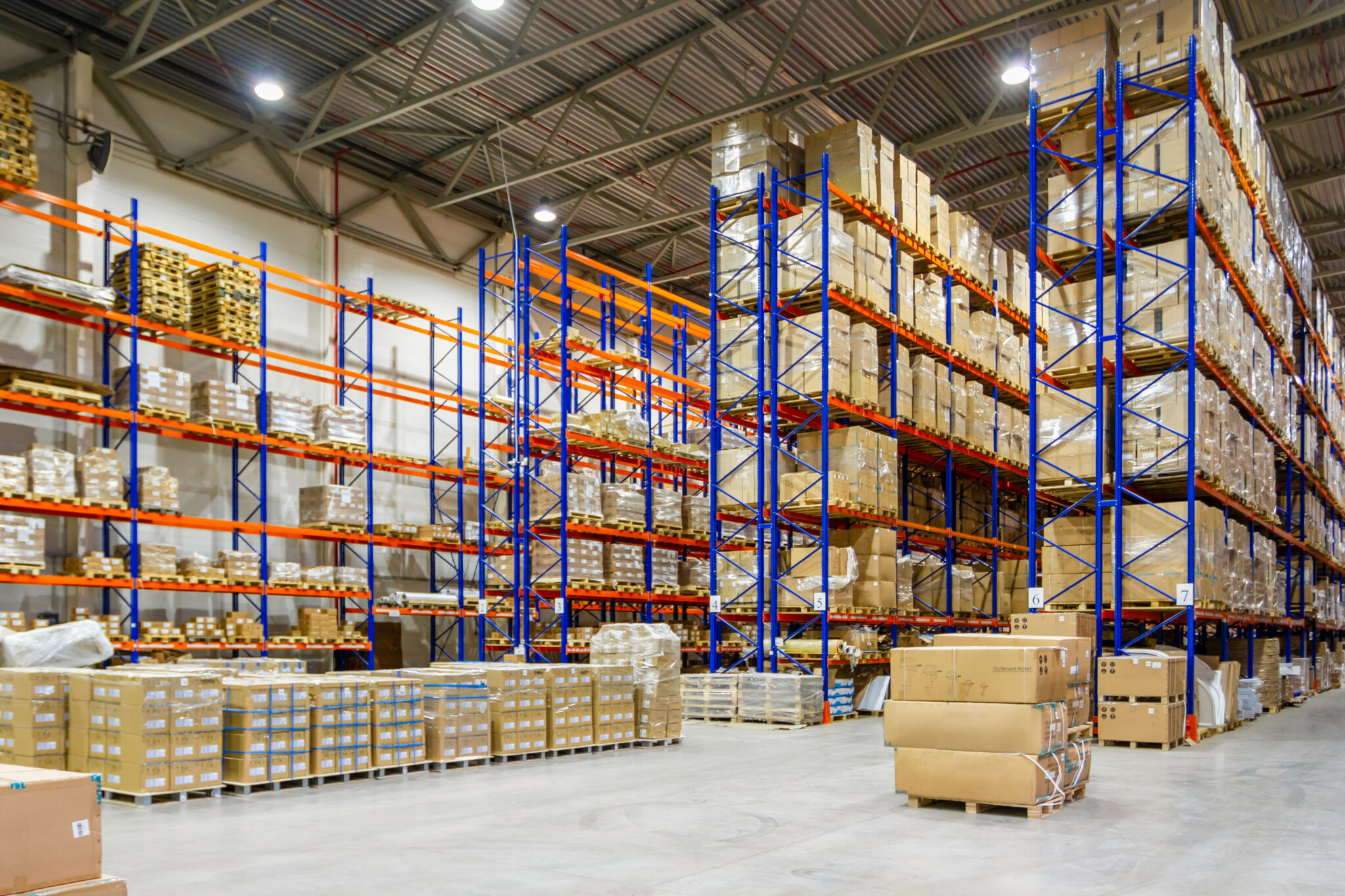Urgent Services, a London-based provider of same-day delivery and courier services, is using a connected multi-camera video telematics system from Inseego to improve road safety, reduce operational costs and better protect its reputation. The video telematics solution – fitted on a fleet of new vans that handle critical deliveries across London and Nationwide – has provided added visibility and support to both drivers and office-based managers.
The connected multi-camera system incorporates forward, rear, side and load cameras for a 360-view of the vehicle and cargo space, as well as and in-cab monitor that allows the driver to view all blind spots. This useful driving aid provides a view of nearby vulnerable road users (VRUs) and greater understanding of surroundings during low-speed manoeuvrers. Video is displayed based on specific actions, so the rear camera is shown on screen during when reversing, while the use of the indicators triggers live footage from the appropriate side camera to support any left-and right-hand turns.
Meanwhile, the video telematics solution has been used to determine the exact circumstances of a vehicle collision, helping Urgent Services to defend liability and challenge any 50/50 claims by having access to irrefutable video evidence and supporting data. There have been three incidents where third parties have knocked off a wing mirror when driving past a Urgent Services vehicle, which has been captured by the side camera and allowed the company to prove exactly what has happened.
There have also been multiple occasions where Urgent Services has used historical video to resolve customer disputes, with the multi-camera system configured to continue recording after the ignition has been switched to validate proof of delivery. Where recipients have claimed non-delivery, the company has used footage from the customer location showing the driver unloading and delivering the package. In addition, the load-facing camera has proven useful for monitoring how drivers are handling and securing cargo, especially when items are of high value or fragile.
In April 2021, Urgent Services undertook a journey to Ukraine to deliver a shipment of humanitarian aid. The multi-camera system was used to track the location and progress of the vehicle through cloud-based software, while live video from the cameras provided added peace of mind and confirmed driver welfare.
Derwent Jaconelli, Managing Director at Urgent Services Limited commented: “We have an excellent standing in the marketplace and the Inseego multi-camera system is helping to maintain this positive reputation and ensure we are operating safely and responsibly. There were some initial concerns amongst our drivers, but within a matter of weeks, we were able to use video footage to thwart several dishonest claims for non delivery claims, so this was quickly overcome.”
Steve Thomas, Managing Director of Inseego UK Ltd said: “We are seeing a growing number of fleet operators turn to video telematics as an effective way of safeguarding drivers, keeping other road users safe and protecting their business. Our comprehensive range of connected dashcams and multi-camera systems means we can create tailored solutions that meet the precise needs of our customers.”











